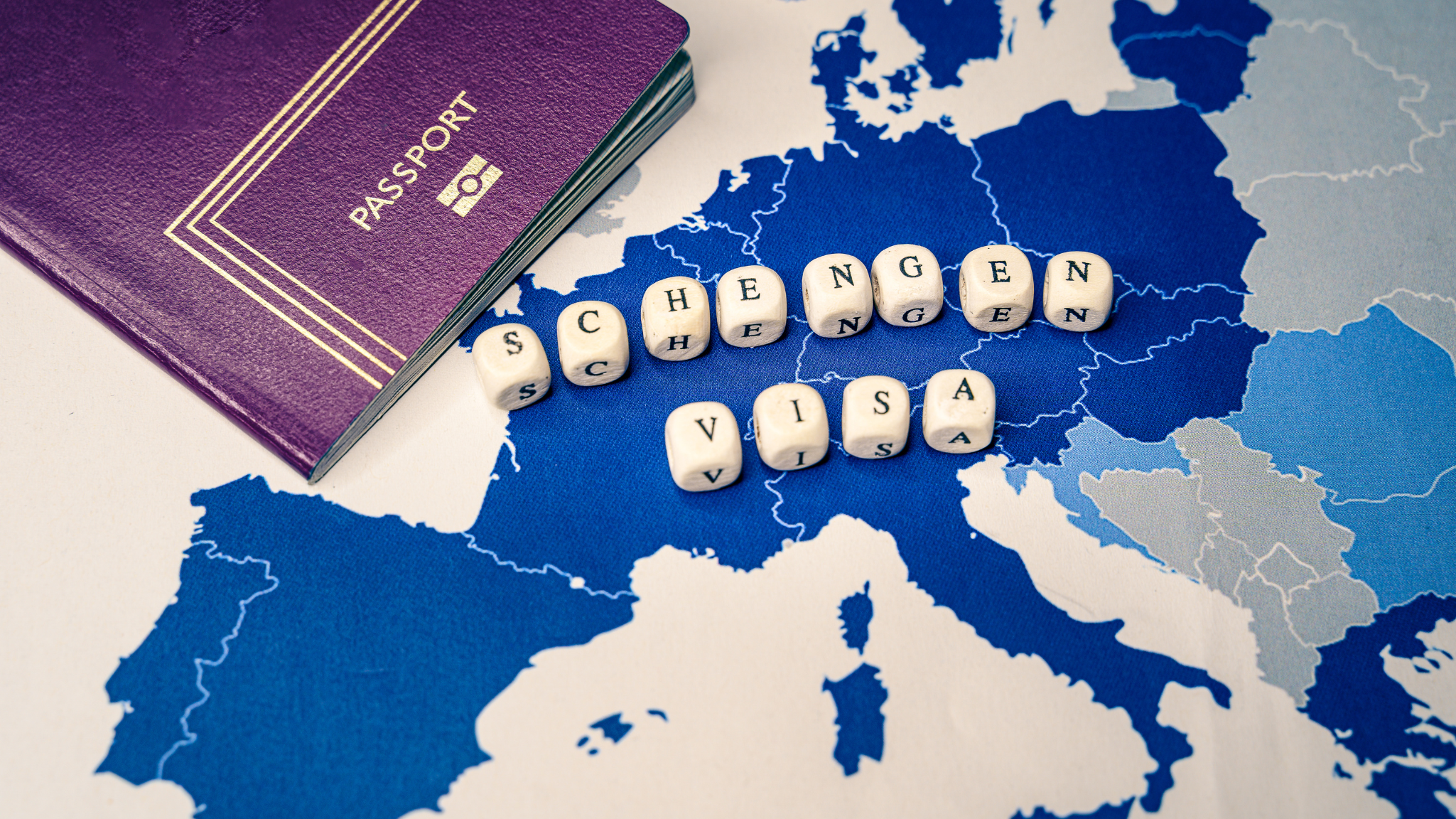On March 31st, Bulgaria and Romania officially became members of the Schengen Area. For those interested in moving or visiting Europe, this is good news! The countries will follow Schengen rules, including issuing Schengen visas and eliminating border checks for air and sea travel within the zone. Source
Schengen Area: Bulgaria and Romania Finally Join
Romania and Bulgaria have announced that they have agreed to join the European Schengen area, which provides free movement by sea and air, in March 2024. This announcement came from the Romanian government, a significant step forward for the two countries. This move will facilitate travel between Romania and Bulgaria and trade and commerce between the two countries. “After 13 years, Romania is finally going to join Schengen! We have a political agreement on this,” Romanian Prime Minister Marcel Ciolacu wrote on Facebook.

This movement is just the first phase for Bulgaria and Romania. While air and sea travel is now borderless, land borders require further approval. The Commission is dedicated to supporting this process and expects a decision on lifting land border checks later in 2024. This accession marks a significant milestone. Bulgaria and Romania have long demonstrated their commitment to EU security, and their inclusion strengthens the Schengen Area.
A Look Back: Schengen Area
The idea of borderless travel within Europe began in 1985 with just five countries (Germany, Belgium, France, Luxembourg and the Netherlands) and has 23 of the 27 EU member states plus their associated neighbours Switzerland, Norway, Iceland and Liechtenstein. Since then, Schengen has grown into the world’s largest free movement zone, bringing tremendous economic benefits and freedom for Europeans. Bulgaria and Romania’s membership is a continuation of this incredible journey.
Romania and Bulgaria, both members of the EU since 2007, were rejected at the end of 2022 from the vast zone within which more than 400 million people can travel freely without internal border controls.
Austria vetoed their application, which has been complaining for years that it has to put up with a disproportionate amount of illegal immigration because of poorly protected external Schengen borders.
The type of visa you need depends on your travel plans. The Schengen visa issued may be:
- Type A – transit visa for airport transit.
- Type B – transit visa valid for five (5) days
- Type C – visa for a short stay in any Schengen area. The visa specifies the duration of the visit. Depending on the purpose of the travel, this visa may be:
- Single entry. Only one entry is allowed in any of the countries within the Schengen region. After leaving the Schengen Area, you can not re-enter even if the visa is still valid.
- Double entry. This visa entitles the holder to two entries into the Schengen Area with the validity indicated on the visa. After the second exit from the Schengen Area, re-entry is not allowed even if the visa is still valid.
- Multiple entry. This visa does not restrict the number of entries into the Schengen region. However, its validity is limited to 90 days within six months. The first entry into the Schengen Area is the first day of validity. The total number of days of the stay adds up for shorter stays and re-entries into the Schengen Area until the maximum of 90 days.
More Types of Visa for Schengen Area
- Limited territorial validity (LTV) visa: the holder of an LTV visa may travel only to the specific Schengen Area country or countries indicated when applying for the visa. This type of visa is for rare cases, such as humanitarian purposes.
- Type D – a national visa issued in study cases, stay or work in a Schengen Area country. This visa may be:
- The single-entry visa is for individuals who do not intend to remain in the Schengen country after a specified period.
- The multiple-entry visa allows the holder to re-enter the Schengen country which issued the visa. This type of visa is for the following cases:
- for studying for the duration of up to one year, with the possibility of extension;
- for pedagogical work or research, as well as to the closest family members;
- to experts travelling to engage in professional activity;
- Situations such as medical emergencies that last for a specified period. Source
Who Needs a Schengen Visa
Citizens of the Schengen countries do not need a visa to travel to other countries within the Schengen Area. They will need a residence permit to move to another country in the Schengen Area.
The citizens of other countries require a Schengen visa if they wish to visit the territory of a country in the Schengen area. Many Nigerians travel to Europe with a Schengen visa. This visa gives them access to multiple European countries, letting them experience everything from historic landmarks to stunning beaches. The following are the documents required to apply:
Documents required for Schengen Visa application
- A completed and signed Schengen visa application form.
- Valid International passport.
- Two photographs.
- Schengen Travel Insurance
- Copies of your previous visas. (if applicable)
- Flight itinerary.
- Proof of sufficient funds.
- Hotel reservations
- Proof of visa fee.
- Letter of Intent
Conclusion
Bulgaria and Romania joining the Schengen Area marks a significant step forward for the countries and the EU. While air and sea travel are now borderless, land borders require further approval in 2024. This move will benefit Bulgarians and Romanians and make travel and trade easier for everyone within the Schengen Area. For travellers, this signifies seamless movement between these countries and the rest of the Schengen zone, with simplified visa processes for those who require them.
Bulgaria & Romania are now open! Explore Europe with your Schengen Visa. Contact us here to start the application.




Join the discussion 4 Comments